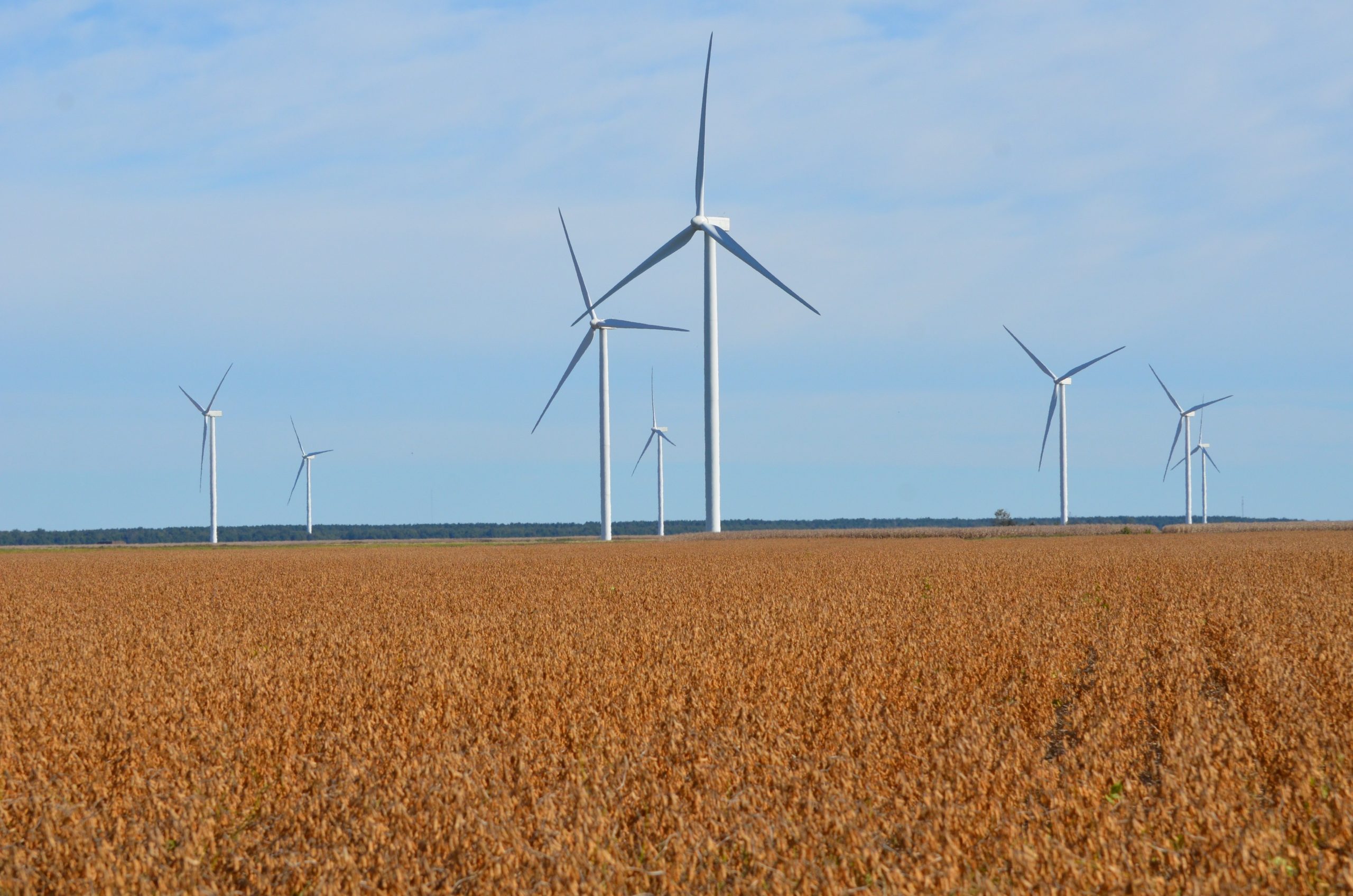
During the polar vortex that brought frigid temps to a wide swath of the Southeast in February, millions of Texans lost power when un-weatherized power systems froze, leaving customers to face several days without heat. It’s an event that has captured nationwide attention and left many asking whether this could happen here. The event also presented an excuse for the fossil fuel industry to falsely question the reliability of wind energy — an energy resource from which North Carolina’s economy stands to gain billions of dollars of investment and thousands of jobs.

What actually happened in Texas? Texas regulators and grid operators do not require weatherization measures — for extreme winter or summer conditions — at power plants. Natural gas supply dropped nearly 45% as gas facilities froze and, since the Texas energy market was not set up to exchange energy with other regional providers, as we are here in North Carolina, they were left without options. All power systems, including wind, can be — and are, in most areas — weatherized to protect against outages induced by hot or cold temperatures. With climate change increasing the frequency and intensity of these types of extreme weather events in all seasons, we’ll need to be focused on building more resilient energy systems that minimize impacts to the health and safety of our people and our local economies.
Supporter Spotlight
Unfortunately, wind energy was used as a scapegoat early on as Texans lost power. Energy experts and elected officials have mostly set the record straight about the cause of the outages, debunking those who initially blamed wind — pointing to how well wind turbines work in very cold places like Minnesota, Alaska, and Antarctica — but that misinformation was damaging. Setting the record straight is especially important here in North Carolina because wind is a critical energy resource we can employ to reduce pollution and grow our clean energy economy. Wind projects — both onshore and offshore — are capable of generating large volumes of energy to power homes and businesses, and we have opportunities to significantly expand our investment in this resource.
Earlier this month, the N.C. Department of Commerce released a report indicating the wind industry will bring $140 billion of investment to the East Coast — both through the construction of wind projects and the build out of the manufacturing supply chain. It will be up to us to compete for as large a piece of that $140 billion pie as we can. Our neighbor, Virginia, for example, is well ahead of us in their commitment to offshore wind, and time is of the essence if we hope to win any of these investments and projects — and the good-paying jobs that come with it.
Another important takeaway from Texas is how over-invested they are in fossil fuel infrastructure, with gas making up 51% of their energy mix, and coal coming in just over 13%. Around 30% of their coal and natural gas plants were down during the event, accounting for a majority of the power loss. There are signs of progress on the transition away from fossil fuels in the Southeast, but we’ve got a long way to go.
In 2020, Duke Energy rolled out a climate report that detailed their path to net zero carbon emissions. While there’s optimism around Duke’s focus on reducing carbon and expanding renewables, the company’s overreliance on gas in its near-term and long-term plans will be risky and expensive for North Carolina customers. A greater focus on limiting carbon pollution and transitioning to cleaner, more affordable, more resilient energy sources like wind and solar is needed.
The state’s Clean Energy Plan provides the direction Duke and other stakeholders need to pursue a cleaner path, reducing our reliance on the coal and gas sources that are fueling climate change. This cleaner path is critical to our state’s economic health, too, employing 112,000 North Carolinians and driving billions of dollars of investment into our state every year from manufacturing and other sectors. Wind and solar are not only reliable, particularly combined with new, more accessible energy storage options, they are now the cheapest sources of electricity across the country. We have too much to gain from the wind industry to let a misinformation campaign from Texas keep us from seizing those benefits. Renewable energy paves North Carolina’s path toward a healthier, more affordable, more reliable and resilient clean energy future.
Supporter Spotlight
To stimulate discussion and debate, Coastal Review Online welcomes differing viewpoints on topical coastal issues. See our guidelines for submitting guest columns. The opinions expressed by the authors are not necessarily those of Coastal Review Online or the North Carolina Coastal Federation.








